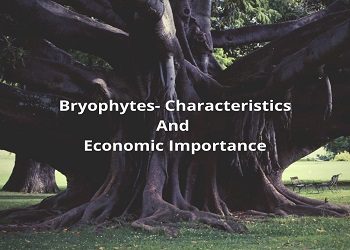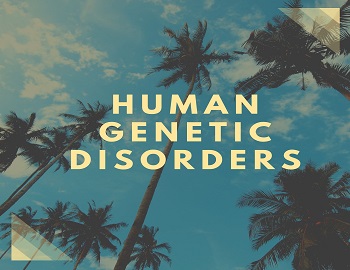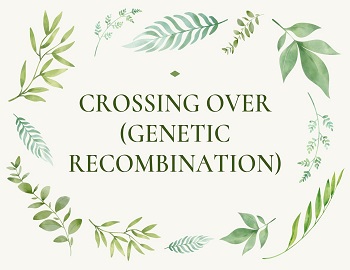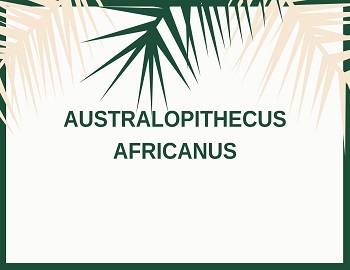Table of Contents
Bryophytes:
The term Bryophyte was coined by Braun (1864). Bryophytes comprise of liverworts and mosses. The division Bryophyta consists of over 25,000 species. The members of bryophytes live in more or less shady, moist, cold places in groups. Some bryophytes inhabit bogs and swamps. Still others in rain forests occur abundantly as epiphytes, on leaves and trunks of trees. These form a kind of green mat on damp soil, rocks, walls, on the banks of ponds and on the bark of trees, especially during the rainy season.
Characteristics Of Bryophytes:
- Bryophytes are the amphibians of the plant kingdom.
- The plant body is a gametophyte, green, flat and dichotomously branched. It is the dominant phase in the life cycle.
- They lack the vascular and supporting tissues.
- The plant body is not differentiated into roots, stems and leaves. It is thalloid in Riccia and Marchantia and is differentiated into rhizoids, stem (axis) and leaves in mosses like Funaria.
- Plants remain attached to the substratum by means of unicellular or multi-cellular rhizoids. These also serve in the absorption of water and minerals from the soil.
- The plant body is made up of simple thin-walled parenchymatous cells. Xylem, phloem (vascular tissue) and mechanical tissue (sclerenchyma etc.) are altogether lacking in bryophytes.
- Vegetative reproduction is quite abundant and accounts for matty or carpet-like growth. Vegetative reproduction is accomplished by fragmentation, adventitious branches, tubers, persistent apices, buds, gemmae, etc.
- Accessory spores or mitospores are absent in bryophytes and other land plants.
- The sex organs of the plants are multicellular and jacketed, i.e., covered by a jacket of sterile cells. Sex organs are of two types, male antheridia and female archegonium.
- Male gametes (antherozoids) are motile and archegonium is flask-shaped having venter and a long neck.
- Fertilization occurs inside the archegonium. The egg or oosphere secretes a chemical which attracts spermatozoids. Sperms require a thin film of water for swimming and reaching the dehisced archegonium. One sperm fuses with an oosphere and produces a diploid zygote. The latter grows to form an embryo and then sporophyte which is dependent on the gametophyte completely or partially for its nutrition.
- There is a distinct alternation of generations with the more conspicuous sporophyte and a comparatively small gametophyte.
Economic Importance of Bryophytes:
- Bryophytes are important in soil erosion. The extensive carpets or mats, which they form to hold the soil in place and hence prevents its washing away.
- They build up the soil on rocks with the help of lichens.
- They contribute to the organic matter in the soil on their death and decay.
- Peat is used as fuel like coal. It consists of mosses and other marshy plants compacted and carbonised over thousand of years.
- Peat mosses like Sphagnum grow rapidly in shallow waters forming thick mats over the water surface. They give a false appearance of solid soil and causing the drowning of animals and human beings.
- The Sphagnum moss has a remarkable water-absorbing capacity and is utilised by flourists and horticulturist.
- During the last world war, Sphagnum was used in surgical dressings.
- Marchantia polymorpha has properties to cure liver and lung infections. It also possesses antitumour properties. A decoction of Ploytrichum commune is believed to dissolve kidney and gall bladder stones. Sphagnol, a distillate of peat, is used to cure skin infections.
Why are Bryophytes called as amphibian of plant kingdom?
The Bryophytes are called as amphibian of the plant kingdom because they characteristically grow on land in moist and wet situations. They need moisture for at least part of the year for fertilization so that male gametes (antherozoids) may swim.









Comments (No)